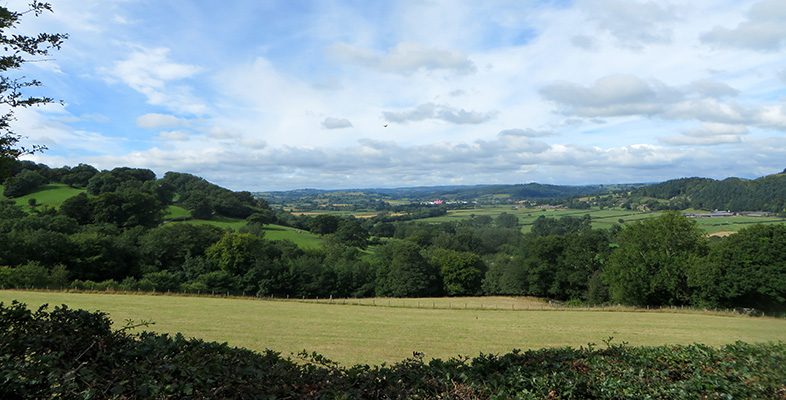3.4.11 Promotion
Promotion is about communicating with actual or potential customers. This covers the whole area of how customers know what is available and the benefits and value of the product or service.
Promotion includes advertising in the electronic and print media, together with other activities such as customer and sales promotion and public relations.
Many business owners also act as their own sales representatives, developing important network contacts with key stakeholders. The use of social networking sites cannot be ignored.
We highlighted the role of Llyn Beef as a support network but there are looser, even more regionally specific, networks emerging, for example the Taste of Powys network in mid-Wales, or the Wales-wide ‘Fforch-i-Fforc/Fork2Fork’ which has its own Facebook page.
For some service companies, sites such as LinkedIn form a key part of their promotion strategy.
Small companies, particularly at start up, are often unable to finance large promotional budgets, which means that some promotion tools are not available to them. Advertising is usually prohibitively expensive other than on a small and local scale. Therefore, advertising may be through word of mouth, via existing networks, or through local groups and networks.
Task 20: Identifying promotional activities
List promotional activities that will work well for your product or service. Be mindful of the resource implications.
Share your thoughts with other entrepreneurs in your local networks.
Discussion
Case study: David
David thought he had some very good networks, and that perhaps the business ‘would come to him’. However, he realised that part of promotion was ensuring that they knew he was aiming to do this full time – so worth phoning. He also made up some business cards, and has started to think about getting a sign and perhaps some lettering on his vehicle.
He noted that the local paper was often looking for stories and wondered if that might be a way to reach outside his network. With the agreement of the property developers he had worked with, he decided to invite the editors to a new eco-friendly holiday cottage he had worked on to see his work, at the same time as sending out his press release.
Case study: Gwyneth
Gwyneth was struggling with how to afford to promote her jams and chutneys. Her budget was very small and time was tight; she had to factor in manufacturing, alongside her part-time job and family commitments. She decided to concentrate on her presence at the local farmer’s market first.
While she knew she couldn’t afford to pay for advertising in local papers, she felt she needed some kind of promotional literature and used an online template to create some business cards and colour postcards promoting her products which she started to distribute in local shops and businesses.
Gwyneth also thought about how people might be interested in her story. Exposure is everything, so she set up a Facebook page where she began to record her development of Cottage Condiments from scratch. It also helped her to record her ideas as the business began to grow.
Gwyneth knew she would have to keep a careful eye on what was working and what wasn’t, so she made a habit of asking customers and enquirers where they had heard of Cottage Condiments. She kept a note of this and planned to review her marketing activity in six months.
